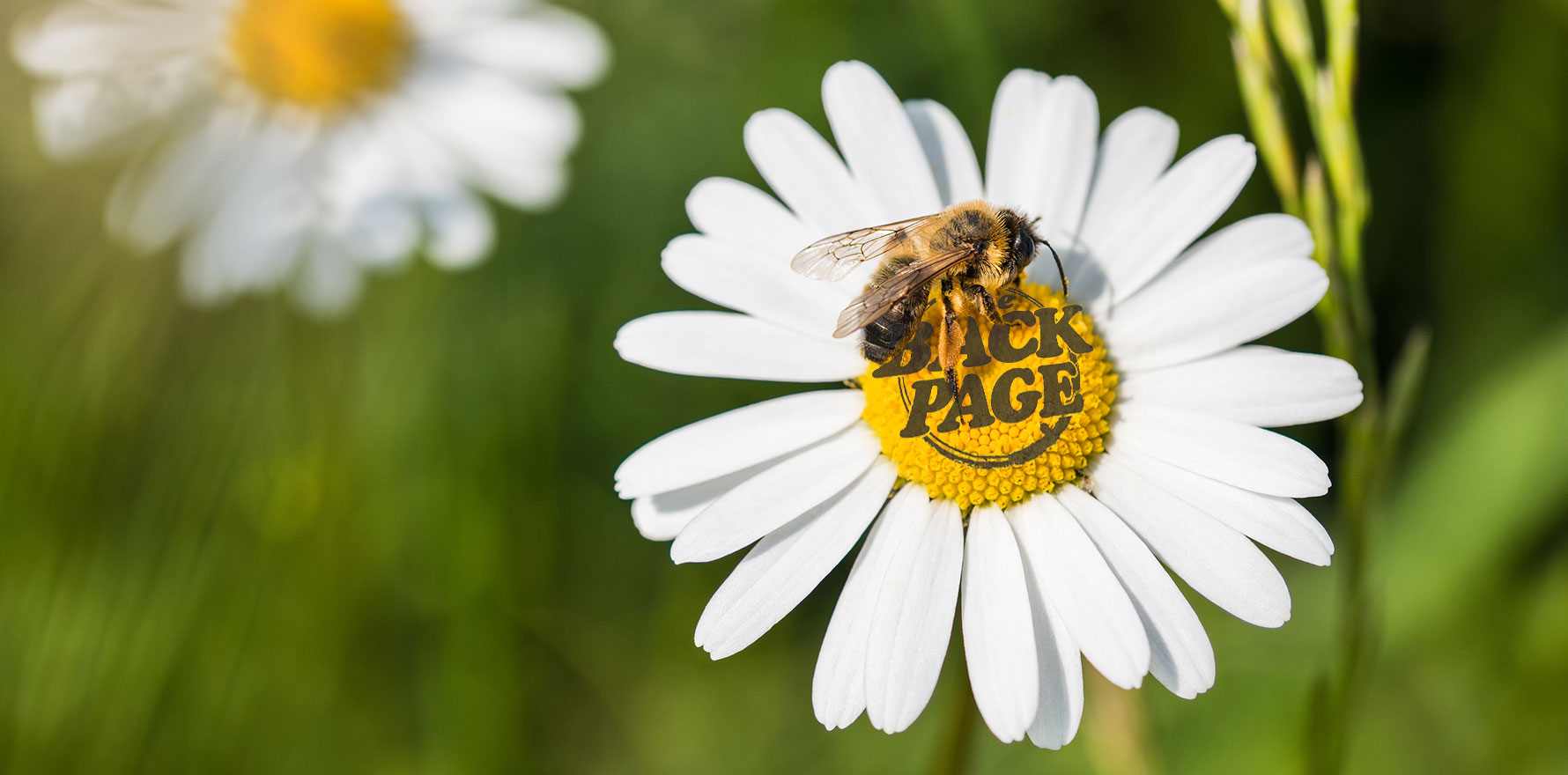To sting or not to sting? For honeybees, it’s a personal thing.
Your Back Page correspondent still remembers the first time he was stung by a bee.
The experience taught us a valuable lesson, chiefly: don’t walk barefoot through grassy meadows in springtime unless you enjoy the prospect of getting stung on the toe.
And while the incident was quite painful at the time, we didn’t go into anaphylactic shock – which came as some relief to the parents of an allergy-prone child (we’ve since learned that an allergic reaction on the first exposure to a potential pathogen isn’t possible).
It’s understandable that the bee reacted the way it did. Who wouldn’t lash out with a sting when a giant foot suddenly invades your space.
But when it comes to stinging behaviour, it seems not all bees are created equal. What’s more, according to scientists, a lone honeybee is more likely to sting than a pair of bees.
In a paper published this week in Royal Society Open Science, researchers reveal that the propensity of bees to sting can be a surprisingly personal thing, a finding that flies in the face of the belief that these insects behave communally for the greater good of the colony or hive.
The study, titled Consistency and individuality of honeybee stinging behaviour across time and social contexts, set out to evaluate whether honeybees exhibited “stable inter-individual variability in defensive behaviour, by repeatedly testing the same individuals in a stinging assay”.
The team of boffins, from the University of Konstanz in Germany, also looked at how social factors such as the presence of another individual and/or a “sting alarm pheromone” affected the expression and stability of stinging behaviour. They also evaluated how bees adjusted their stinging depending on the aggressive tendencies of their social partners.
What they found was individual honeybees were different in their tendencies to sting, and that this difference was stable across time and social contexts.
For instance, when gentler bees were added to aggressive colonies, it did not change the gentle bees’ likelihood of stinging, the researchers said.
Having said that, they also noted that some bees could also be influenced by the presence and behaviour of other bees around them.
“Thus, whether a bee decides to sting is the product of both its own characteristics and those of its colony,” the authors said.
“This effect may seem counter-intuitive given the general belief that larger honeybee colonies are more aggressive. However, there is very little scientific evidence to support this claim.”
Given that the European honeybees used in this study die after stinging, evolutionary theory would suggest that the less aggressive honeybees will become the dominant strain over time.
That, after all, would be the sensible way to bee-have, but I wouldn’t throw away the EpiPen any time soon.
Send honey-flavoured story tips to penny@medicalrepublic.com.au.


